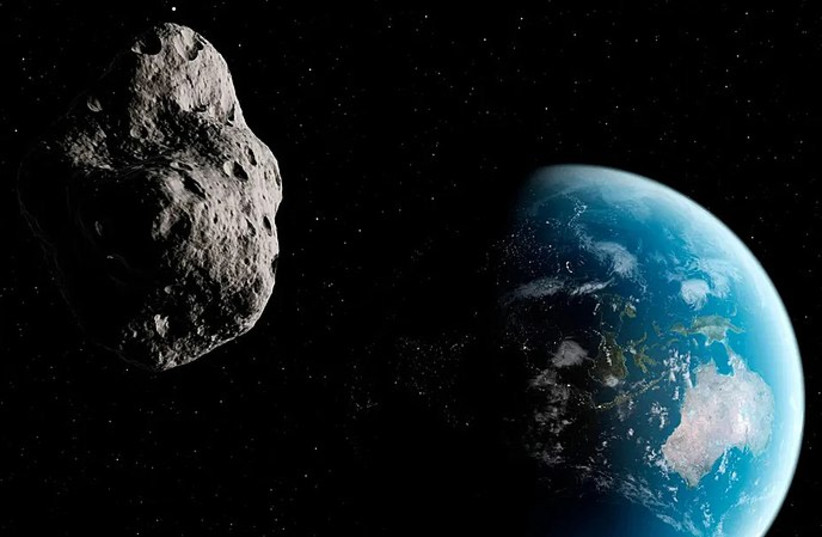An asteroid approximately the size of two American football fields was detected by accident in October 2022, and the subsequent research from the United States National Aeronautics and Space Administration (NASA) was published on Monday in the peer-reviewed journal Astronomy and Astrophysics.
The images, gathered using NASA's James Webb Space Telescope in conjunction with the Mid-InfraRed Instrument (MIRI) were originally meant to simply be calibration images of the main belt asteroid located between Mars and Jupiter, (10920) 1998 BC1, which astronomers discovered 25 years ago.
“We — completely unexpectedly — detected a small asteroid in publicly available MIRI calibration observations,” explained Thomas Müller, an astronomer at the Max Planck Institute for Extraterrestrial Physics in Germany. “The measurements are some of the first MIRI measurements targeting the ecliptic plane and our work suggests that many new objects will be detected with this instrument.”
Scientists were testing some of MIRI's filters, and the calibration test itself was considered a technical failure. However, the data on 10920 was still used to test a new technique to estimate the size of an object, which was declared valid. While examining the data, researchers found an "interloper" measuring 100-200 meters and located in the inner main-belt region at time of observation.
Learning from 'failure'
“Our results show that even ‘failed’ Webb observations can be scientifically useful if you have the right mindset and a little bit of luck,” elaborated Müller. “Our detection lies in the main asteroid belt, but Webb’s incredible sensitivity made it possible to see this roughly 100-meter object at a distance of more than 100 million kilometers.”

Not only is the object very far away, but it is also suspected to be the smallest asteroid observed by the James Webb telescope to date.
The asteroid is relatively far away and poses no evident threat to the Earth, but its discovery has big implications for NASA's understanding of the solar system as a whole. As it stands now, scientists have been able to generate effective models for predicting the occurrence of small-sized asteroids. However, due to their size, small asteroids have generally been studied in less detail than their more sizable peers. This new method of using James Webb's MIRI will allow astronomers to more closely observe asteroids smaller than one kilometer in size.
“This is a fantastic result which highlights the capabilities of MIRI to serendipitously detect a previously undetectable size of asteroid in the main belt,” concluded Bryan Holler, Webb support scientist at the Space Telescope Science Institute in Baltimore, Maryland. “Repeats of these observations are in the process of being scheduled, and we are fully expecting new asteroid interlopers in those images.”
